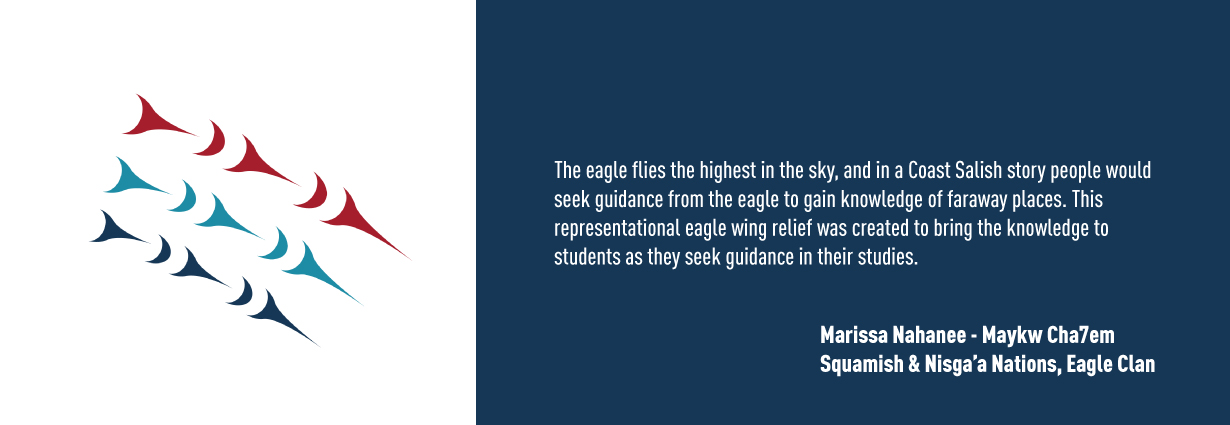
Background learning
We draw on Stó:lō scholar Q’um Q’um Xiiem (Dr. Jo-ann Archibald) as a starting point for understanding how to respectfully and appropriately use Indigenous storytelling in education.
In order to do so, Archibald describes seven principles learned from Coast Salish Elders when using First Nations stories and storytelling: (1) Respect, (2) Responsibility, (3) Reciprocity, (4) Reverence, (5) Holism, (6) Interrelatedness, and (7) Synergy (2008, p. ix). She explains that using these principles is a way to make meaning from stories in an educational context. In her more recent work, she has begun working with the first four principles to guide becoming story ready (Archibald, 2020).
Archibald continues that storytelling requires visualization, making the listener use their imagination which gives them the space to think and feel (2008, p. 134-135). Further, she offers some ethical principles to engage in when using Indigenous story in an educational format (p. 143-146):
- “Obtaining Permission to Enter a Cultural Territory”
- “Respecting Cultural Protocol”
- “Handling Verification Responsibly”
- “Moving Beyond Intellectual Property Rights Through Reciprocity”
Archibald, J. (2008). Indigenous Storywork: Educating the heart, mind, body, and spirit.
Archibald, J. (2020). Finding the bone needle through Indigenous Storywork. In E. Sumida, & N. D. Martin (Eds.), Indigenous knowledge systems and research methodologies: Local solutions and global opportunities (pp. 18-35).
Examples
When including stories in your classroom, we encourage you to go beyond only books that discuss Residential Schools, the 60s Scoop, and other traumatic topics. Indigenous communities are brilliant, creative, and beautiful, and there are many authors that share those stories.
Oral stories
Th'owxeya, the Cannibal Woman, an oral tale told by Gwen Point (Stó:lō) [Video, 14:37 minutes].
Mimuxw, an oral tale told by Gwen Point (Stó:lō) [Video, 4:43 minutes].
Lady Louse, a (re)telling by Jo-ann Archibald (Q'um Q'um Xiiem; Sto:lo Nation) of story told to her by Elder Vi Hillbert. [Video, 5:22 minutes].
Written stories
Adeyoha, K. and Adeyoha, A. (2017). 47,000 beads. Flamingo Rampant.
Avingaq, S., & Vsetula, M. (2018). The pencil. Inhabit Media.
The sk’ad’a stories. A series of picture books by Sara Florence Davidson and her father, Robert Davidson, on life and learning on Haida Gwaii.
- Davidson, S. F., & Davidson, R. (2021). Learning to carve argillite. (J. Gibbons, Illus.). Portage & Main Press.
- Davidson, S. F., & Davidson, R. (2021). Jigging for halibut with Tsinii (J. Gibbons, Illus.). Portage & Main Press.
- Davidson, S. F., & Davidson, R. (2022). Returning to the Yakoun River (J. Gibbons, Illus.). Portage & Main Press.
- Davidson, S. F., & Davidson, R. (2022). Dancing with our ancestors (J. Gibbons, Illus.). Portage & Main Press.
Jordan-Fenton, C., & Pokiak-Fenton, M. (2013). When I was eight. Annick Press Ltd.
Qitsualik-Tinsley, R., and Qitsualik-Tinsley, S. (2019). Tanna's owl. Inhabit Media.
Qitsualik-Tinsley, R., and Qitsualik-Tinsley, S. (2022). Tanna's lemming. Inhabit Media.
Robertson, D. A. (2021). On the trapline. Penguin Random House Canada.
Wagamese, R. (2008). Vanishing points. In One Native life (pp. 168-170). Douglas & McIntyre.
Wagamese, R. (2008). The language of fishermen. In One Native life (pp. 9-12). Douglas & McIntyre.
Wagamese, R. (2008). Two essays [Learning Ojibway]. Review: Literature and Arts of the Americas, 41(1), 75-79.
There are many book lists available, including bookstore and library websites.
Bellrichard, C. (2015, September 27). 10 books about truth and reconciliation to read with your kids. CBCnews.
Indigenous Curriculum Resource Centre, SFU Library. (n.d.). Reading lists.
Iron Dog Books. (n.d.). Indigenous reads for kids.
Massy Books. (n.d.). Indigenous history month.
Mills, S. (2017). 10 beautiful Indigenous children’s books to add to your library. CBCnews.
Toronto Public Library. (n.d.). Read Indigenous.
Teaching guides
Bouvier, K., M., Souliere, Marom, L., and Chong, R. (2022). Indigenous teaching resources: Students collection.
Davidson, S.F. (2020). Evaluating Indigenous education resources for classroom use. Teacher Magazine.
Davidson, S. F. (2021). Making meaning from stories: The Sk'ad'a Stories series [Video, 32:30 minutes].
Sara Florence Davidson, co-author of the Sk’ad’a Stories and Assistant Professor of Education at SFU, talks about how to use these and other Indigenous stories in the classroom.
Empowering the Spirit. (n.d.). Sharing through story.
The context in which these learning guides were developed are specific to Indigenous perspectives throughout Alberta, but can still be a starting point in learning the shared worldviews of Indigenous peoples throughout Canada.
Ferguson, K. A., & Davidson, S. F. (2022). Teacher guide for the sk’ad’a stories: Intergenerational learning and storytelling in the classroom. Portage & Main Press.
First Nations Education Steering Committee and First Nations Schools Association. (2020). In our own words: Bringing authentic first peoples content to the K-3 classroom.
University of British Columbia Library. (n.d.). Lesson planning (elementary, middle years).
Resources
Heath, D.J. (2018). Why Indigenous literatures matter.
Lafferty, K., C., McDowall, K., & Mehta, S. (2022, August 5). Elementary students share West Coast indigenous stories in their very own podcast. The Discourse.
Marin, A., & Bang, M. (2015). Designing pedagogies for Indigenous science education: Finding our way to storywork.
Nicol, C., Archibald, J., & Baker, J. (2013). Designing a model of culturally responsive mathematics education: place, relationships and storywork.
Poetry in Voice. (n.d.). Indigenous.
Poetry in Voice. (n.d.) Jordan Abel.
Reese, D. (n.d.). American Indians in children's literature blog.
TEDx Talks. (2016). Etuaptmumk: Two-Eyed Seeing, Rebecca Thomas [Video, 14:22 minutes]
TEDx Talks. (2017). Making connections: The power of oral storytelling, Trent Hohaia [Video, 17:51 minutes]
TEDx Talks. (2021). Tai Simpson: The intergenerational wisdom woven into Indigenous stories [Video, 17:43 minutes]
The facilitators of the Indigenous Art Practices series have done their best to ensure that the resources included here are respectful. If you see a resource that you have a concern about, please reach out.
